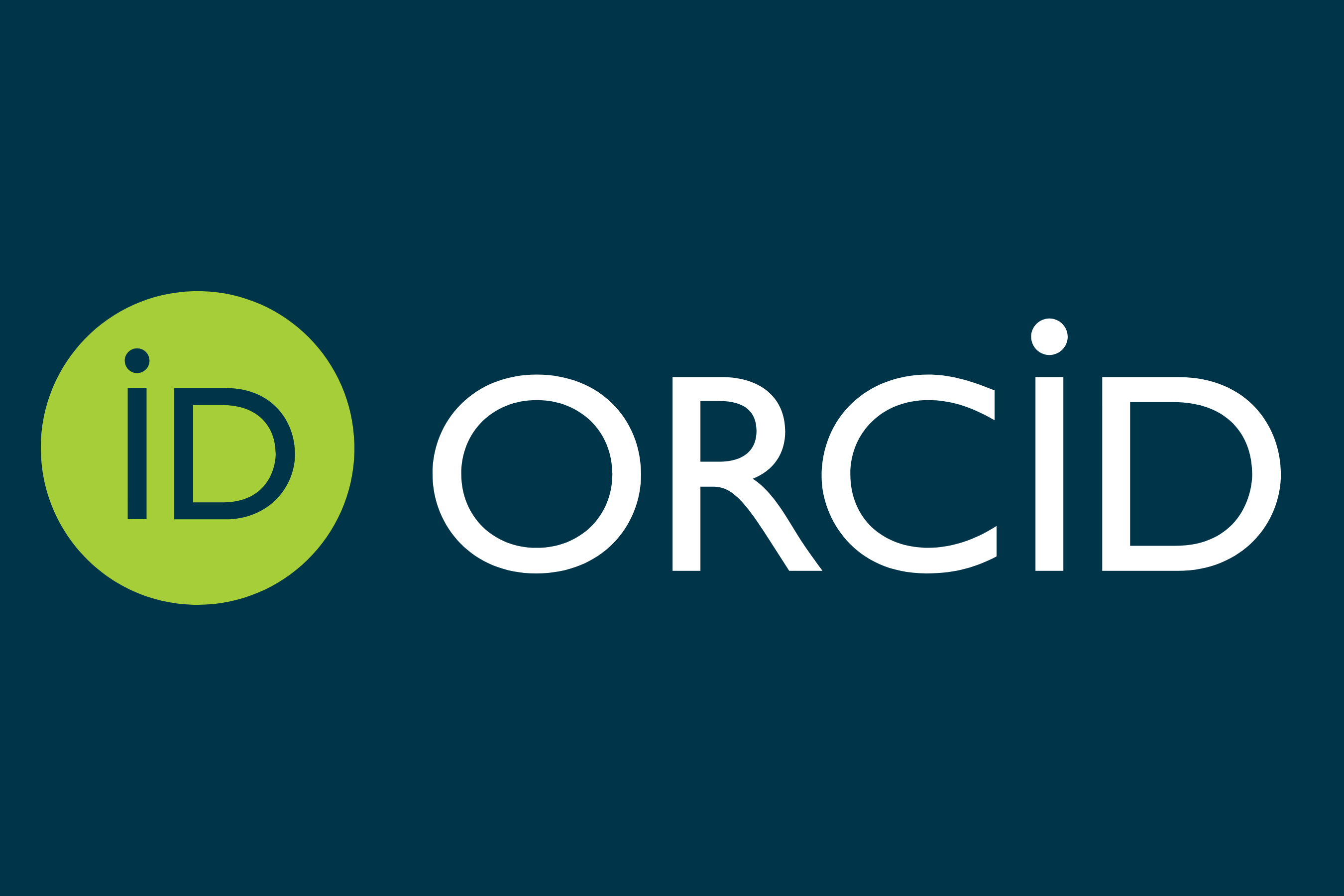تحليل اقتصادي للعوامل المؤثرة في الكميات المطلوبة من لحوم الاسماك في العراق للمدة (1980-2002)
Abstract
The aim of this research is to estimate individual demand function for fish and to derive price and income elasticities of demand in order to make use of them in consumption planning . The methodology of research depends on multiple regression analysis to measure the effect of independent variables on the rate of individual consumption from fish. The linear,double logarithmic, semi-logarithmic,inverse logarithmic forms were estimated and the economic, statistical,econometrical criteria revealed that the semi-log form was the best one, The results showed that the annual growth for the period(1980-1991) was (-7%) while it was (3%) for the period(1992-2002). The results also showed that the response of quantity consumed from fish to the change in the index of price ratio of fish to the price of poultry was of elasticity around(0.33), This is consistent with economic logic as the fish is one of necessary goods. The incom elasticity of demand according to results was around (0.19). This reveals that price elasticity of demand was more than income elasticity of demand.The research forwarded are commendation which emphasized the necessity to support fish sector by investing in astablishing more fish pools and to subsidize factors of production used in fish production. This would increase the domestic supply of fish in order to decrease price which in turn encourages the individual consumption from fish .
Downloads
Published
Issue
Section
License
The journal of Administration & Economics is an open- access journal that all contents are free of charge. Articles of this journal are licensed under the terms of the Creative Commons Attribution International Public License CC-BY 4.0 (https://creativecommons.org/licenses/by/4.0/legalcode) that licensees are unrestrictly allowedto search, download, share, distribute, print, or link to the full text of the articles, crawl them for indexing and reproduce any medium of the articles provided that they give the author(s) proper credits (citation). The journal allows the author(s) to retain the copyright of their published article.
Creative Commons-Attribution (BY)









